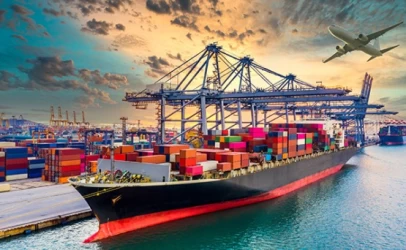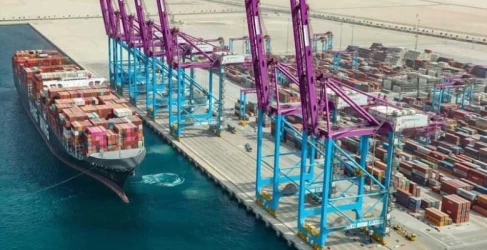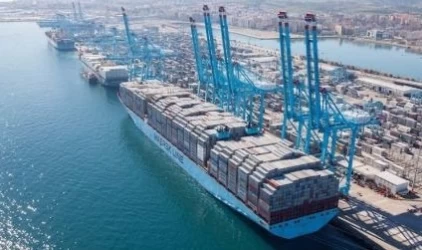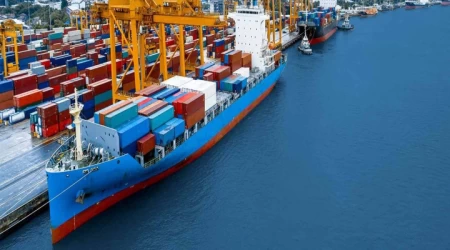Guide to Trade with Malaysia, Sea Transportation
Malaysia, strategically located in Southeast Asia, is a vital hub for international trade. With its extensive coastline and well-developed port infrastructure, sea transportation plays a crucial role in the country’s trade activities. This guide provides an in-depth look at the key aspects of sea transportation in Malaysia, including major ports, shipping routes, regulations, and best practices for businesses looking to trade with Malaysia.
Major Ports in Malaysia
Malaysia boasts several major ports that facilitate the smooth flow of goods in and out of the country. Some of the key ports include:
- Port Klang: Located near the capital city, Kuala Lumpur, Port Klang is the largest and busiest port in Malaysia. It serves as a primary gateway for international trade and is equipped with modern facilities to handle a wide range of cargo types.
- Penang Port: Situated on the northwest coast, Penang Port is a significant hub for containerized cargo and transshipment activities. It is well-connected to major shipping routes and offers efficient services for both importers and exporters.
- Johor Port: Located in the southern part of the country, Johor Port specializes in handling bulk and break-bulk cargo. It is strategically positioned near the Singapore Strait, making it an essential port for regional trade.
- Kuantan Port: This port on the east coast of Peninsular Malaysia is crucial for the export of minerals and other bulk commodities. It has recently undergone expansion to accommodate larger vessels and increased cargo volumes.
Shipping Routes and Connectivity
Malaysia’s strategic location along major shipping routes, such as the Strait of Malacca, provides excellent connectivity to global markets. The country’s ports are well-integrated into international shipping networks, ensuring efficient and cost-effective transportation of goods. Key shipping routes include:
- Asia-Europe Route: Connecting Malaysia to major European ports, this route is vital for the export of electronics, machinery, and other manufactured goods.
- Asia-Pacific Route: This route links Malaysia with key markets in the Asia-Pacific region, including China, Japan, and Australia. It is essential for the trade of raw materials, consumer goods, and industrial products.
- Trans-Pacific Route: Facilitating trade between Malaysia and North America, this route is crucial for the export of palm oil, rubber, and other agricultural products.
Regulations and Compliance
To ensure smooth and compliant trade activities, businesses must adhere to Malaysia’s maritime regulations and international standards. Key regulatory bodies and frameworks include:
- Marine Department of Malaysia (MARDEP): Responsible for overseeing maritime safety, security, and environmental protection, MARDEP ensures that all vessels operating in Malaysian waters comply with national and international regulations.
- Customs Procedures: Importers and exporters must follow Malaysia’s customs procedures, which include documentation requirements, tariff classifications, and duty payments. Efficient customs clearance processes are essential for minimizing delays and ensuring timely delivery of goods.
- International Conventions: Malaysia is a signatory to various international maritime conventions, such as the International Maritime Organization (IMO) regulations, which govern safety, security, and environmental standards for shipping.
Best Practices for Trading with Malaysia
To successfully trade with Malaysia, businesses should consider the following best practices:
- Partner with Reliable Shipping Agents: Collaborating with experienced shipping agents can help navigate the complexities of sea transportation, ensuring efficient and cost-effective logistics solutions.
- Understand Local Market Dynamics: Gaining insights into Malaysia’s market trends, consumer preferences, and regulatory environment can help businesses tailor their strategies for better market penetration.
- Leverage Technology: Utilizing advanced logistics management systems and digital platforms can enhance supply chain visibility, optimize transportation costs, and improve overall efficiency.
- Stay Informed About Regulatory Changes: Keeping abreast of updates in maritime regulations and customs procedures can help businesses remain compliant and avoid potential disruptions.
Conclusion
Sea transportation is a cornerstone of Malaysia’s trade infrastructure, offering robust connectivity to global markets. By understanding the key aspects of Malaysia’s port facilities, shipping routes, regulations, and best practices, businesses can effectively leverage sea transportation to enhance their trade activities with Malaysia. Whether you are an importer or exporter, this guide provides valuable insights to help you navigate the complexities of trading with Malaysia through sea transportation.
If you have any specific questions or need further assistance, feel free to ask!











